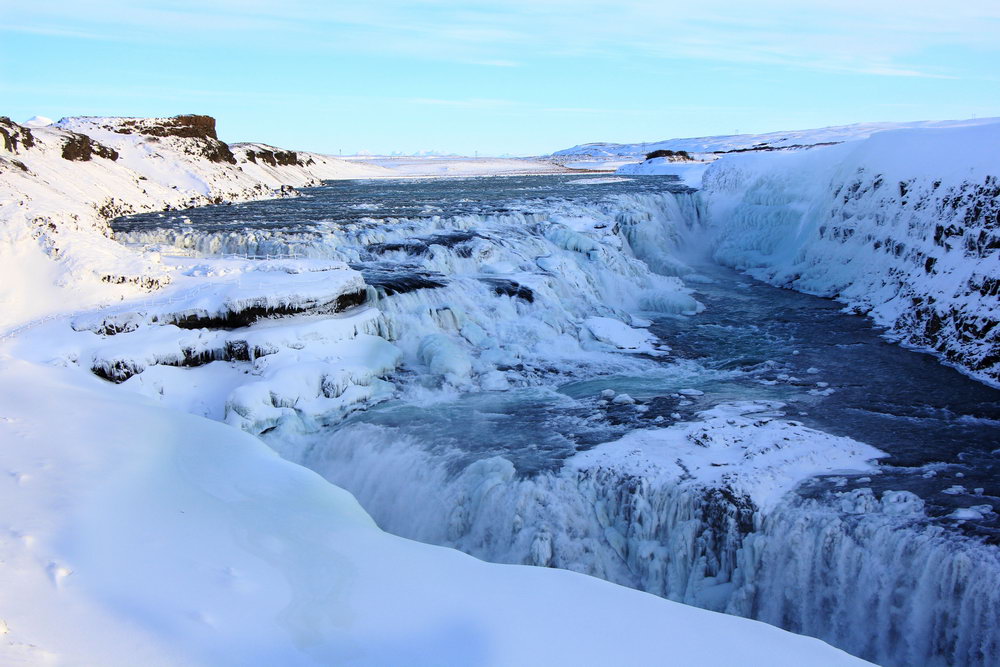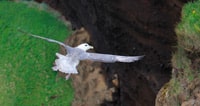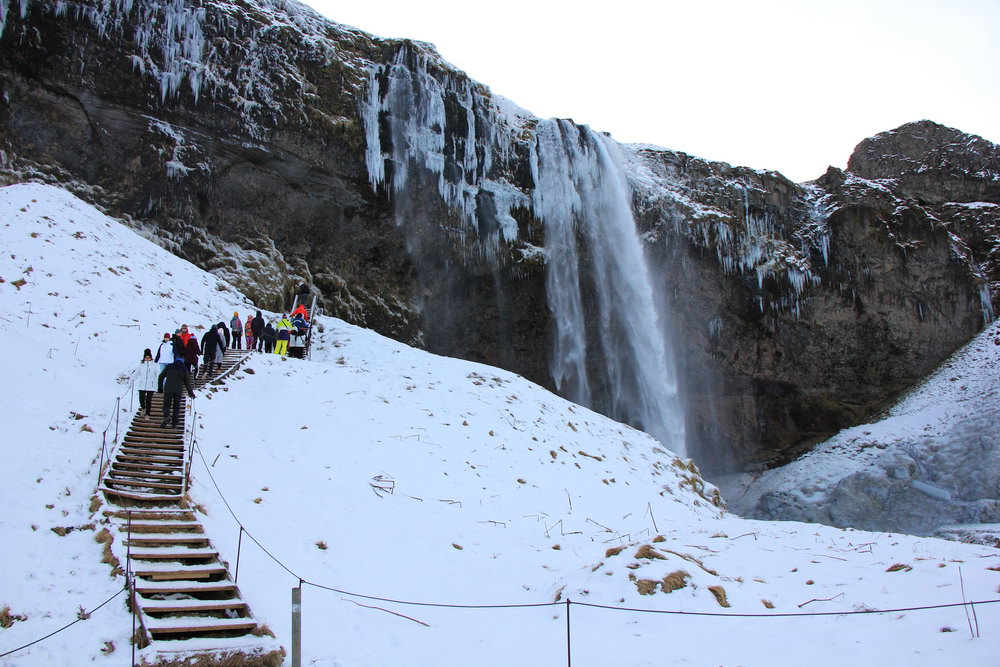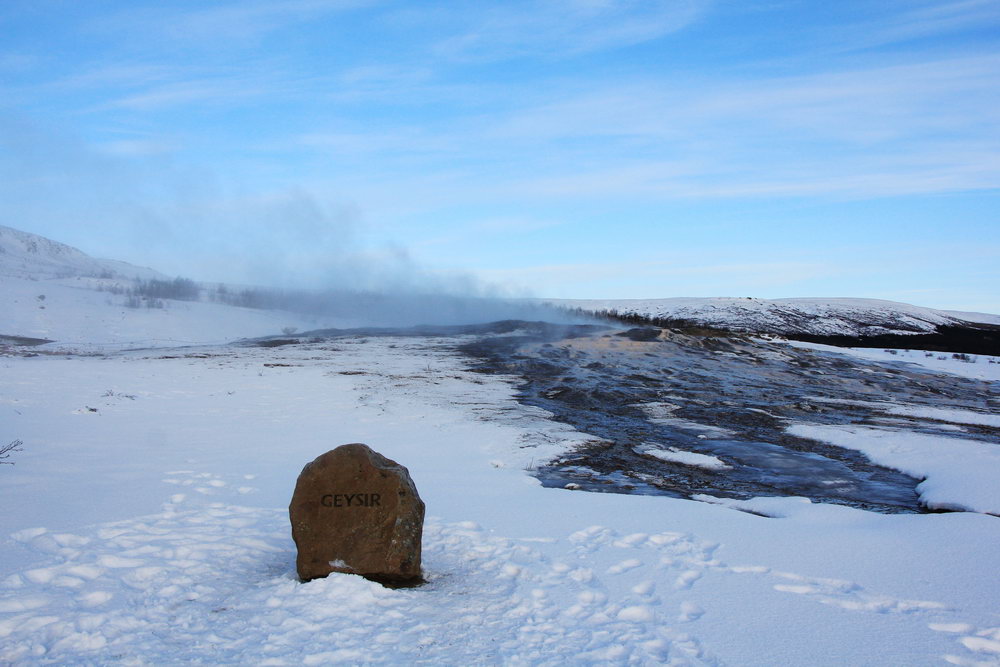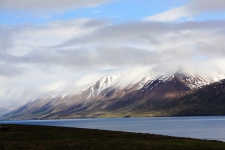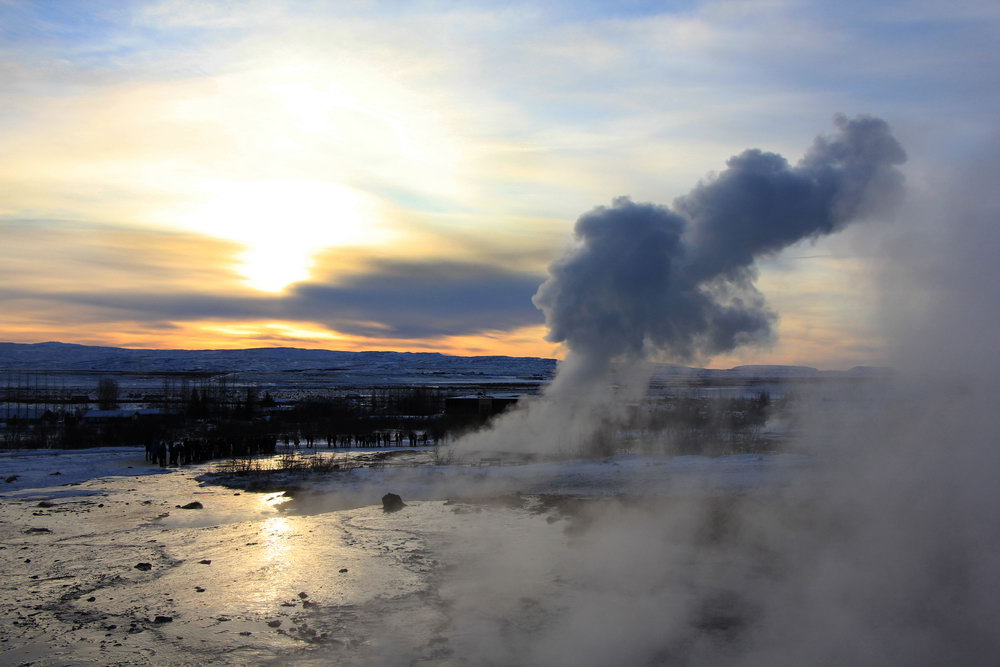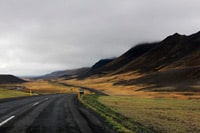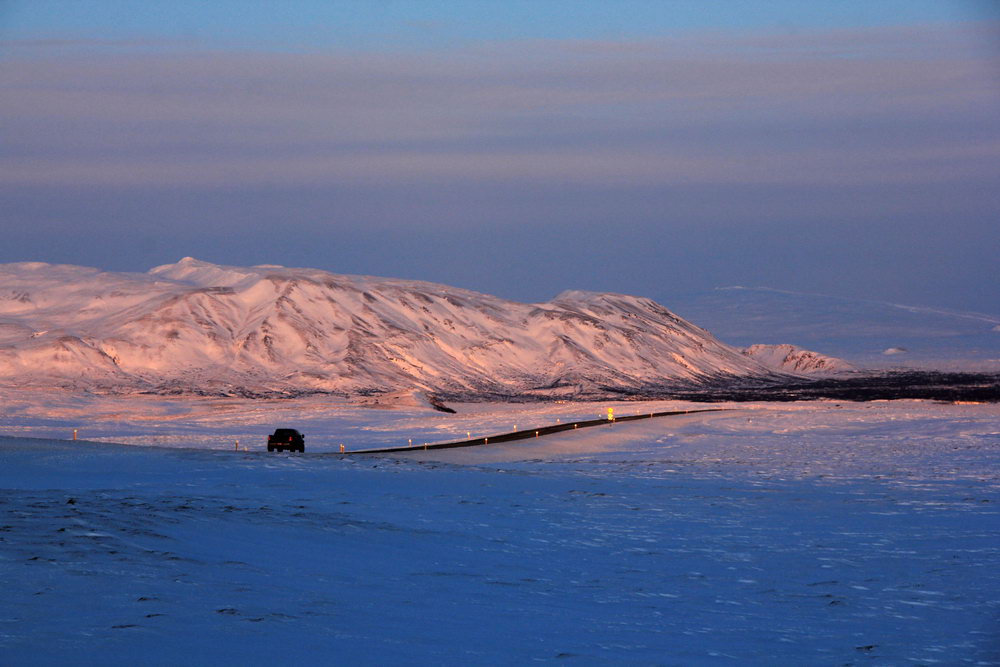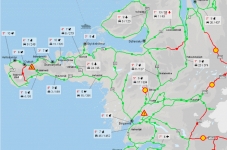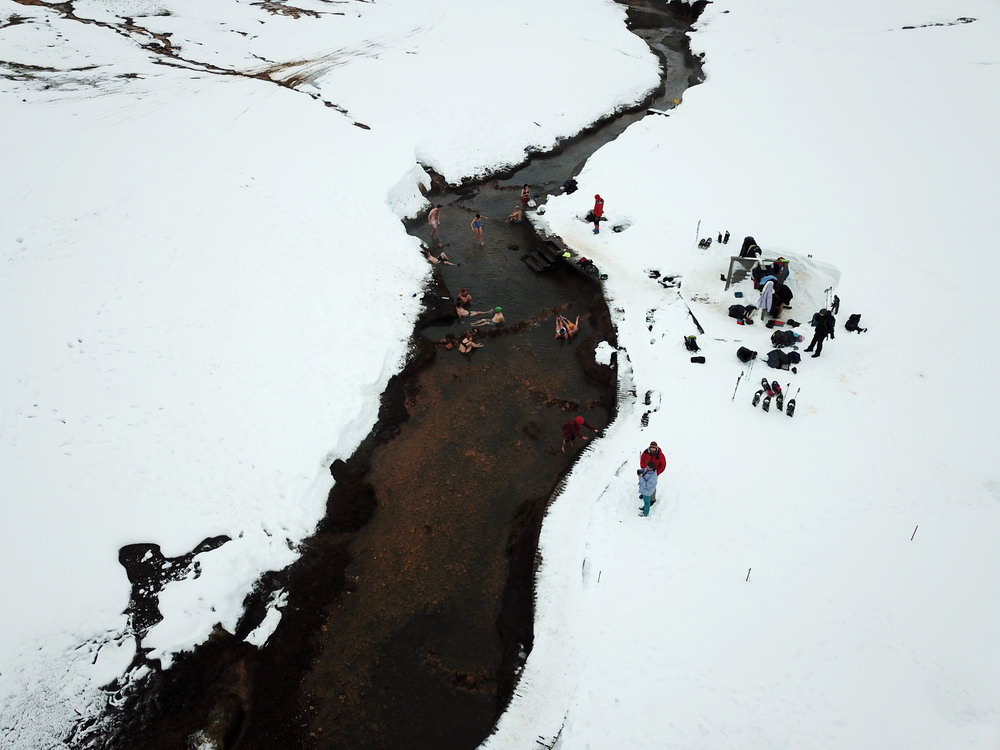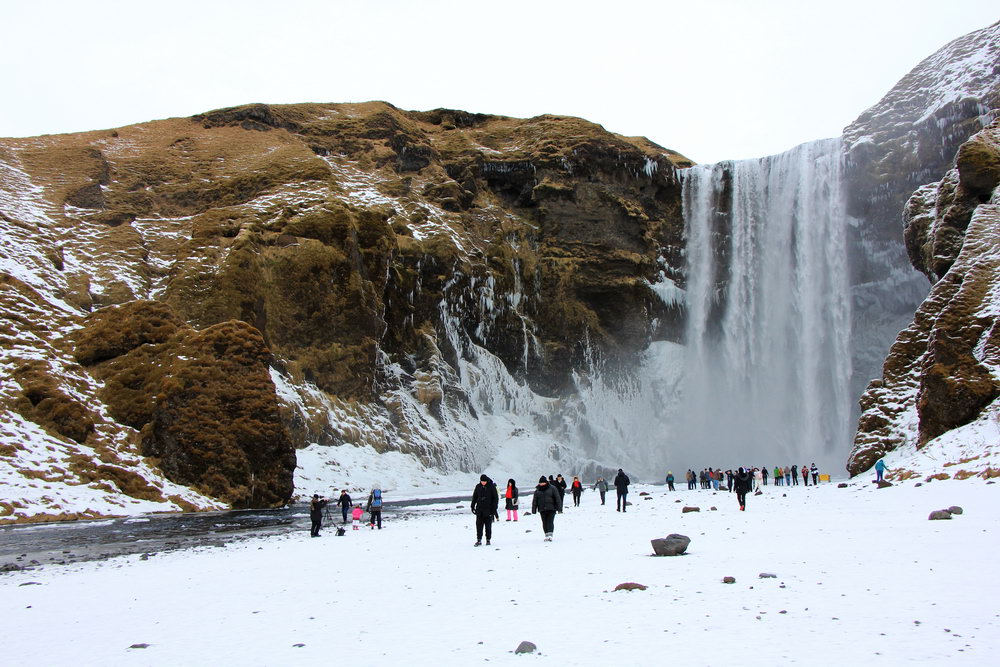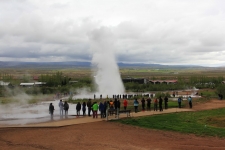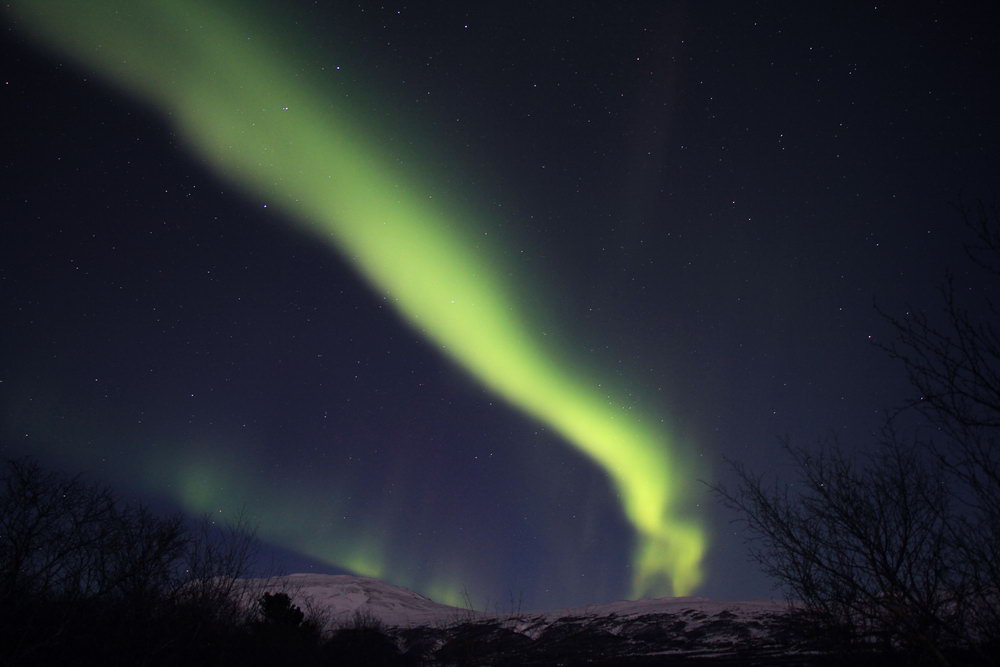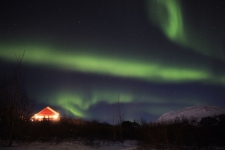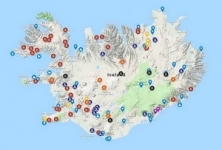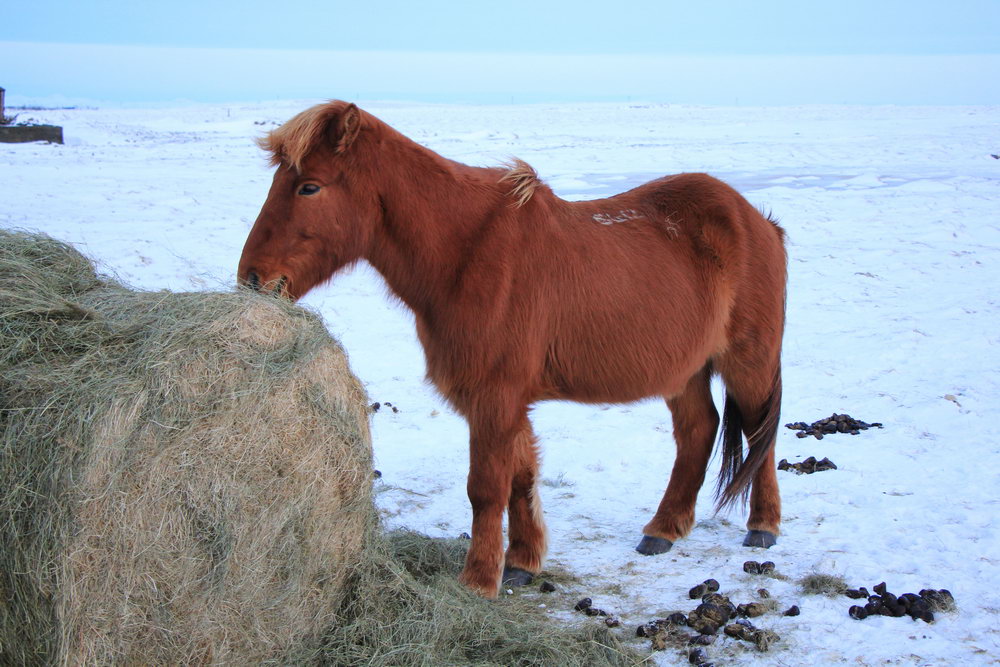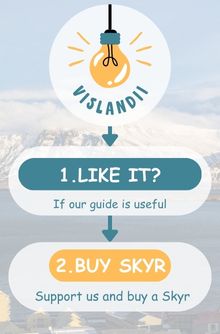A trip to Iceland in winter is a trip to a completely different Iceland. And it's worth it!
The winter period (from the end of September to April) in Iceland is considered to be out of season, although in recent years the number of tourists has been growing regardless of the time of year. Travelers are deterred by the short daylight hours (about four hours), constant storms and cold.
Content:
- When does winter start in Iceland
- How to travel around Iceland in winter
- Is it possible to drive around Iceland in winter?
- What to see in Iceland in winter (TOP 10 winter attractions)
But in the winter season it is easier to find cheap tickets to Reykjavik. Many airlines (for example, Icelandair or WizzAir) have very cheap tickets.
Flights to Iceland - how and from where it is cheaper to fly to Iceland
If you decide to spend a vacation or weekend in Iceland, then the first question is plane tickets to Iceland, preferably cheaper.
So how and from where can you...
As you know, the island of Iceland is located in the north Atlantic, quite far from the continents, and is surrounded on all sides by a cold ocean. Very close to Iceland is the island of Greenland and the Arctic Circle. The city of Reykjavik is located in the south-west of the island of Iceland. The distance from Reykjavik to the Arctic Circle is less than 300 kilometers, literally at hand. It is not for nothing that Reykjavik is in fact the northernmost capital of the world.
It is logical to assume that winters in Reykjavik, and indeed in Iceland, should be long and harsh, with an abundance of snow and cracking frosts, as befits northern winters.
Winters in Iceland are really long and there is sometimes quite a lot of snow (although sometimes there is no snow at all for weeks), but fortunately there are almost never severe frosts here. The thing is that the warm Gulf Stream comes to the shores of Iceland, which significantly softens the climate in the coastal areas of the island. Severe frosts occur only in the mountainous areas in the center of the island.
By the way, thanks to the warm current, the ocean off the coast of Iceland does not freeze in winter.
There is also no polar night in its purest form, when it is dark all day long, in Iceland, although the daylight becomes very short, but still it is there in winter too. And, fortunately, there are no polar bears here. Therefore, winter Iceland is not as scary as it may seem from the outside.
When does winter start in Iceland
In Iceland, the winter period begins at the end of October.Daylight hours are rapidly decreasing, each day is shorter than the previous one.
In November, in Reykjavik, the daytime air temperature sometimes reaches +8 and with sunny weather, quite warm days still happen. There are frosts at night, sometimes hail and the first snow falls, which quickly melts and is replaced by rain. It usually rains often and for a long time, sometimes for several days in a row.
The wind is almost always blowing, often quite strong. A weak wind is an atypical phenomenon. Usually, it is strong and stormy, with a speed of 15 to 30 m/s and above.
Weather and precipitation in Iceland by month
The average temperatures in different regions of Iceland can vary greatly by month. Rains are more likely somewhere, and somewhere it will be warm and relatively dry.<...
Similar weather, with winds and rains, persists in December, and the average daytime air temperature usually stays near zero, periodically deviating slightly in both directions from this value by 5-7 degrees. At the end of December, the minimum duration of daylight in Reykjavik is only 4 hours: from 11:30 to 15:30.
By the end of January, daylight hours are already noticeably increasing and amount to about 7 hours. The average temperature in the country can range between -10 and +5°C. But because of the wind, it often seems that the air is much colder. There are frequent snowfalls and storms. There is snow on the mountain ranges surrounding Reykjavik.
In February, there is also a light frost with a lot of snow and moderate wind.
Since the beginning of March, the duration of daylight in Iceland has been more than 10 hours. There may no longer be snow in Reykjavik, as the temperature rises above zero and it rains. The air temperature reaches +6 degrees during the day, at night it stays near zero. Winter in Iceland continues and there are still several cold months ahead with changeable weather, with rains, snowfalls, hail and winds.
The real northern summer, with its white nights and northern coolness, will come to Iceland only in June.
Weather in Iceland. Best season for traveling in Iceland
When to go to Iceland, when it is warm here, when is the best season? These questions bother everyone who is going to go to Iceland. In summer it is warm and there is ...
How to travel around Iceland in winter
When planning a winter trip to Iceland, first of all, you should decide on the way of travel.
Two of them are the most popular: bus tours and car rental. During the winter months, we do not recommend traveling around Iceland by bike or on foot.
With buses in winter, too, everything is not very good, so it is preferable, after all, to use a car.
Is it possible to drive around Iceland in winter?
You can drive a regular car along the circular road. All car rental companies change winter tires on cars. But if you want Icelandic exoticism (western fjords or, for example, any interesting places in the wilderness), then you will need a jeep with studded tires.
Roads in the Icelandic highlands are closed to cars throughout the winter. However, as part of organized tours in the highlands in Iceland, you can get there in winter, in which case you will go by special transport.
We recommend checking the condition of the roads on the portal a few hours before departure Road.is .
Roads in Iceland - everything you need to know
Iceland seems to be created for car tourism, and you can drive a jeep to any point where a dirt "path" leads. The most intere...
If you are not sure whether you should rent a car to Iceland in winter, consider the option of organized excursions, you can find both one-day and multi-day options. The easiest way to find them is on the tour aggregator site - https://guidetoiceland.is
What to see in Iceland in winter (TOP 10 winter attractions)
All the most important and popular attractions are open and accessible in winter.
>The only thing is that it is necessary to accurately calculate the time, it is better to go on any trip after dark — the daylight is only three to four hours. If you leave at dawn, there's a good chance you won't see anything.
There are fewer tourists in Iceland in winter, even in the most popular places, which means that in your photos there will be no crowds surrounding the geyser or hundreds of people at the Skogafoss waterfall. And if you decide to turn off road number one and get, for example, to the less popular north or east of the country in winter, the chances of meeting tourists are minimized.
You can drive along the classic route along the Golden Ring with a visit to the Blue Lagoon. Or all along the Southern coast of Iceland to the famous Jokulsarlon glacier lagoon.
Iceland's Golden Ring is the most popular route
Iceland's Golden Ring is without a doubt one of the most popular tourist destinations in Iceland, and for good reason. This route includes Gullfoss Waterfall, hot spri...
Also in winter (and only in winter) tourists have the opportunity to visit the ice caves. And this is a truly fascinating sight. When you first see them in photos, it's hard to believe that such places really exist on the planet. For safety reasons, the caves can only be visited with one of the authorized tour operators. The pleasure is not cheap, but it's really worth it
Another of Iceland's most important winter attractions is the Northern Lights. You can enjoy this truly fascinating sight even near Reykjavik, the main thing is to choose the least illuminated area and check the forecast (you should make sure that the sky is clear and the forecast of radiance on a ten—point scale is at least three).
The Northern Lights in Iceland: A Complete Guide
The ethereal dance of the Northern Lights, or Aurora Borealis, across the polar skies has captivated humanity for centuries. A celestial spectacle that transcend...
If you are interested in whales, then it is worth remembering that you will not be able to see whales in Husavik, because the season there lasts until November
And finally, another very pleasant attraction of Iceland is the hot springs.
In addition to the many urban outdoor pools, the Blue Lagoon and the Green Lagoon (Lake Myvatn), there are small springs scattered throughout the country. For example, a hot river in the Reykjadalur valley, near the town of Hveragerdi (about 30 minutes by car from Reykjavik). It takes about an hour to get to the river, but it's worth it! Depending on how far up the river you go, it may be warmer or colder, and the fabulous scenery around will be a plus.
And on the map of Iceland's attractions (you can filter only the hot springs in the menu from the upper left corner):
Iceland attractions map
On this map you can find all the most important sights of Iceland. All attractions are shown on the google map, which means it will be easy for you to get directions t...

